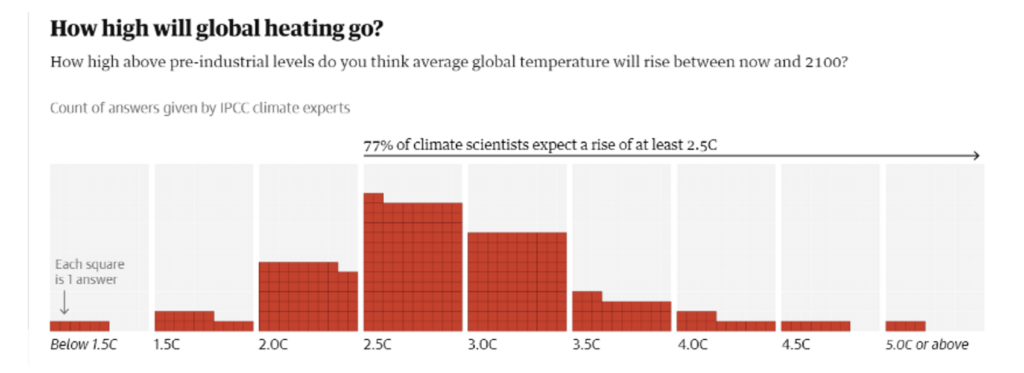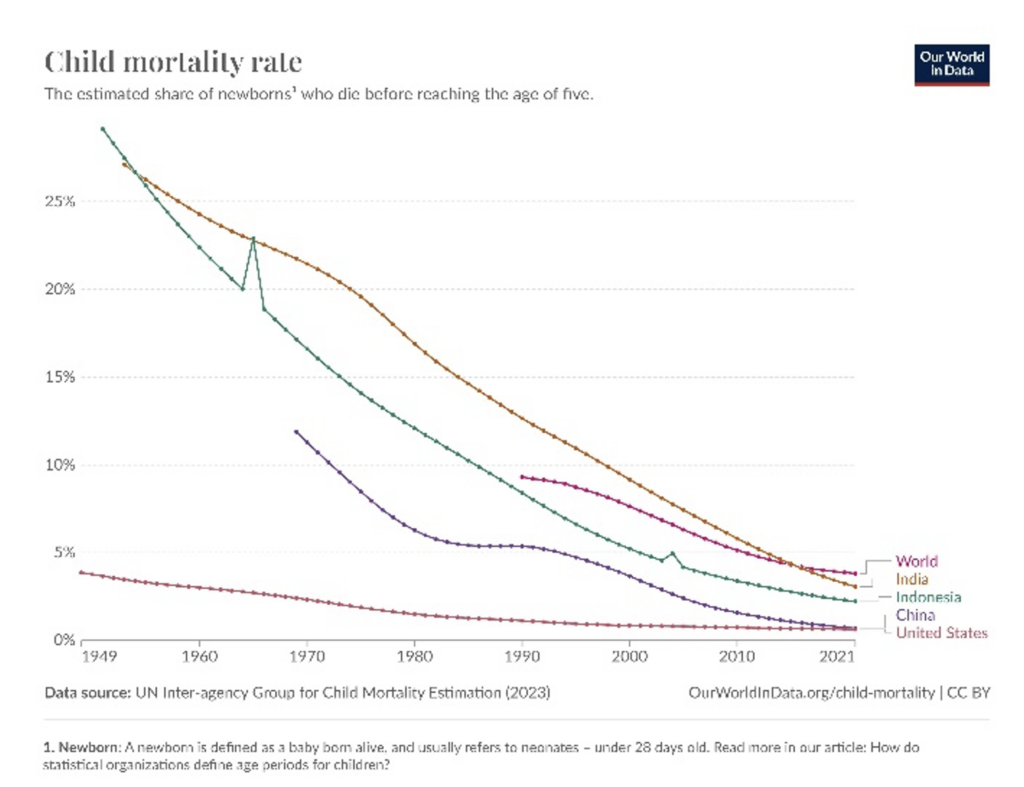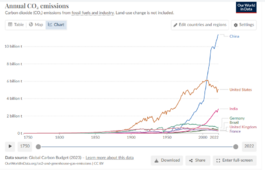
The cover of Rifkin’s 2003 book.
Reed and Eddy ignore the energy intensity of making hydrogen, only offering that by using “electricity to split water” the electrolyzer “produces hydrogen, a carbon-free gas that could help power mills like the one in Duisburg.” That’s true. But how much electricity is needed? And where the heck is German industry, which is already being hammered by expensive gas and power, going to get the juice? At what cost? Those questions are not addressed.
To be clear, lots of other media outlets are hyping hydrogen. And the hype is surging because of fat government subsidies. Reed and Eddy explain that the German government has earmarked some $14.2 billion “for investment in about two dozen projects to develop hydrogen.” Here in the U.S., the 45V tax credit in the Inflation Reduction Act provides lucrative subsidies for hydrogen production. Big business is lining up to get those subsidies. In February, energy giant Exxon Mobil warned that it might cancel a proposed hydrogen project at its Baytown, Texas refinery depending on how the Treasury Department interpreted the “clean” hydrogen rules in the IRA.
Regardless of tax credits and subsidies, making and using hydrogen is a high-entropy, high-cost process. As a friend in the oil refining business told me last year, “If you like $6-per-gallon gasoline, you’re gonna love $14-to-$20-per-gallon hydrogen.”
As for Brick’s “thermodynamic obscenity” line, the numbers — which I’ll examine in a moment — are easy to understand. Hydrogen is insanely expensive, in energy terms, to manufacture. It takes about three units of energy, in the form of electricity, to produce two units of hydrogen energy. In other words, the hydrogen economy requires scads of electricity (a high quality form of energy) to make a tiny molecule that’s hard to handle, difficult to store, and expensive to use.
Among the biggest challenges in handling and storing the gas is the problem of “hydrogen embrittlement,” which can occur when metals are exposed to hydrogen. That means we can’t use existing gas pipelines or tanks to move and store the gas. As for using the gas, yes, it can be blended with natural gas and put into turbines or reciprocating engines. However, the best way to use it is in a fuel cell. And from where will those devices come? I’m old enough to collect Social Security. I’ve been reporting about the energy sector for nearly four decades, and yet, in all that time, I’ve seen precisely three fuel cells.
How much would the hydrogen economy cost? In 2020, Bloomberg NEF estimated that producing enough “green” hydrogen to meet 25% of global energy demand would require “more electricity than the world now generates from all sources and an investment of $11 trillion in production and storage.”
The obscene thermodynamics of hydrogen can be understood by looking at an announcement made last year by Constellation Energy. According to a March 10, 2023 article in Nuclear NewsWire, a new hydrogen production project at the company’s Nine Mile Point nuclear plant in New York, “is part of a $14.5 million cost-shared project between Constellation and the Department of Energy.” Of that sum, $5.8 million was coming from the DOE. The article explained that “Using 1.25 megawatts of zero-carbon energy per hour,” the plant’s electrolyzer will produce “560 kilograms of clean hydrogen per day.”
The math is simple. The plant uses 30 megawatt-hours of electricity to produce 560 kg of hydrogen per day. One MWh of electricity is equal to 3,600 megajoules of energy, and one kg of hydrogen contains about 130 MJ of energy. Therefore, Nine Mile Point uses 108,000 MJ of electricity to produce 72,800 MJ of hydrogen, or 1.5 MJ of electricity for 1 MJ of hydrogen.
Such a lousy EROEI (energy return on energy invested) should immediately disqualify hydrogen from serious energy policy discussions. But that, of course, hasn’t happened. It must also be noted that the EROEI is worse than what I stated above because the hydrogen, once produced, must be stored and fed back into another energy conversion device to make electricity or heat. In that process, more energy will be lost.
I’ll end with a bit more history. In 2004, the National Research Council and the National Academy of Engineering published a 267-page report called “The Hydrogen Economy: Opportunities, Costs, Barriers, and R&D Needs.” In the concluding section, the report said, “making hydrogen from renewable energy through the intermediate step of making electricity, a premium energy source, requires further breakthroughs in order to be competitive.” It continued:
Widespread success of the hydrogen economy wasn’t certain in 2004, and it’s not certain now. Or, to put it in ecclesiastical terms, there’s nothing new under the hydrogen sun.There are major hurdles on the path to achieving the vision of the hydrogen economy; the path will not be simple or straightforward. Many of the committee’s observations generalize across the entire hydrogen economy: the hydrogen system must be cost-competitive, it must be safe and appealing to the consumer, and it would preferably offer advantages from the perspectives of energy security and CO2 emissions. Specifically for the transportation sector, dramatic progress in the development of fuel cells, storage devices, and distribution systems is especially critical. Widespread success is not certain.









